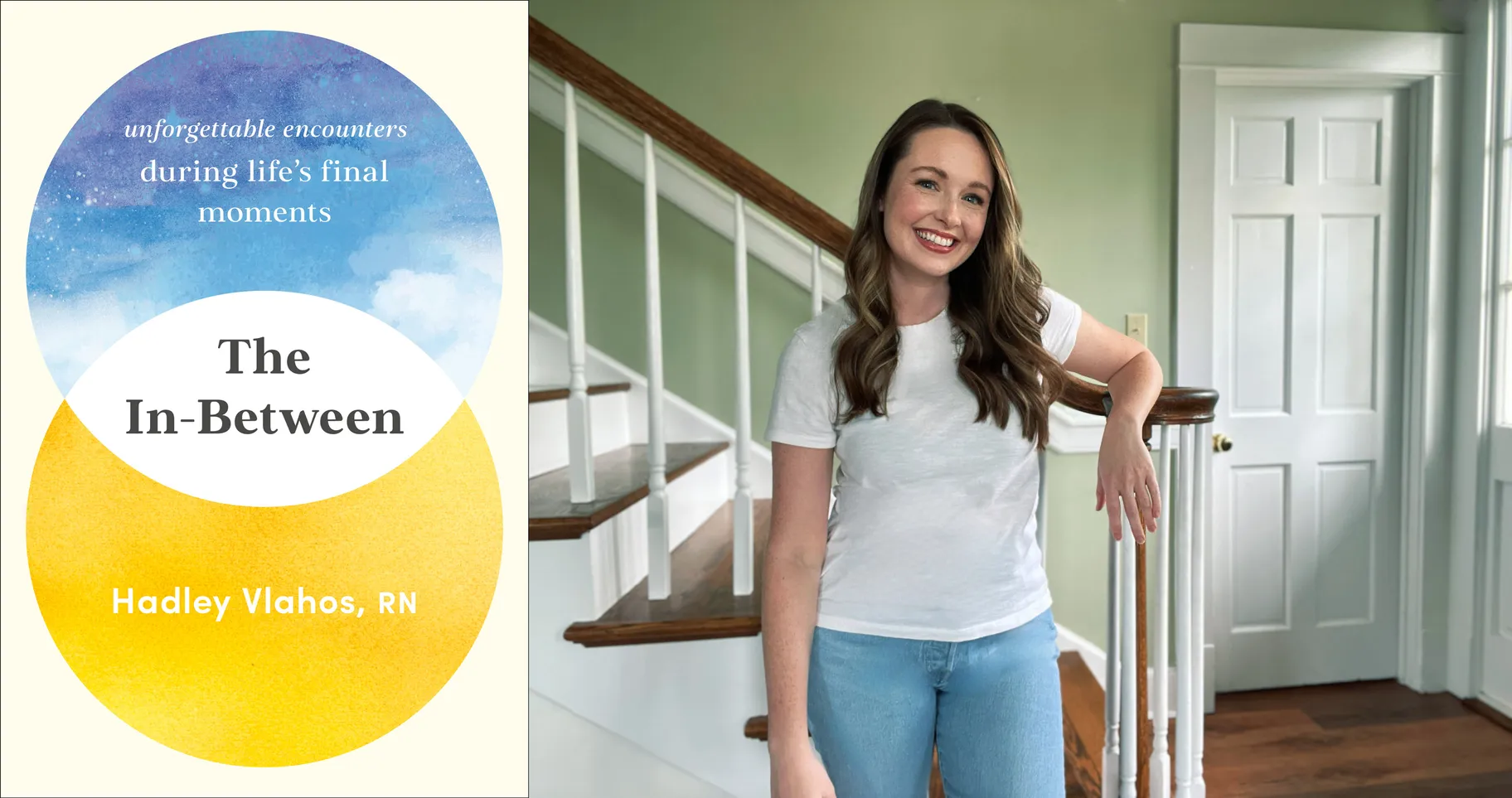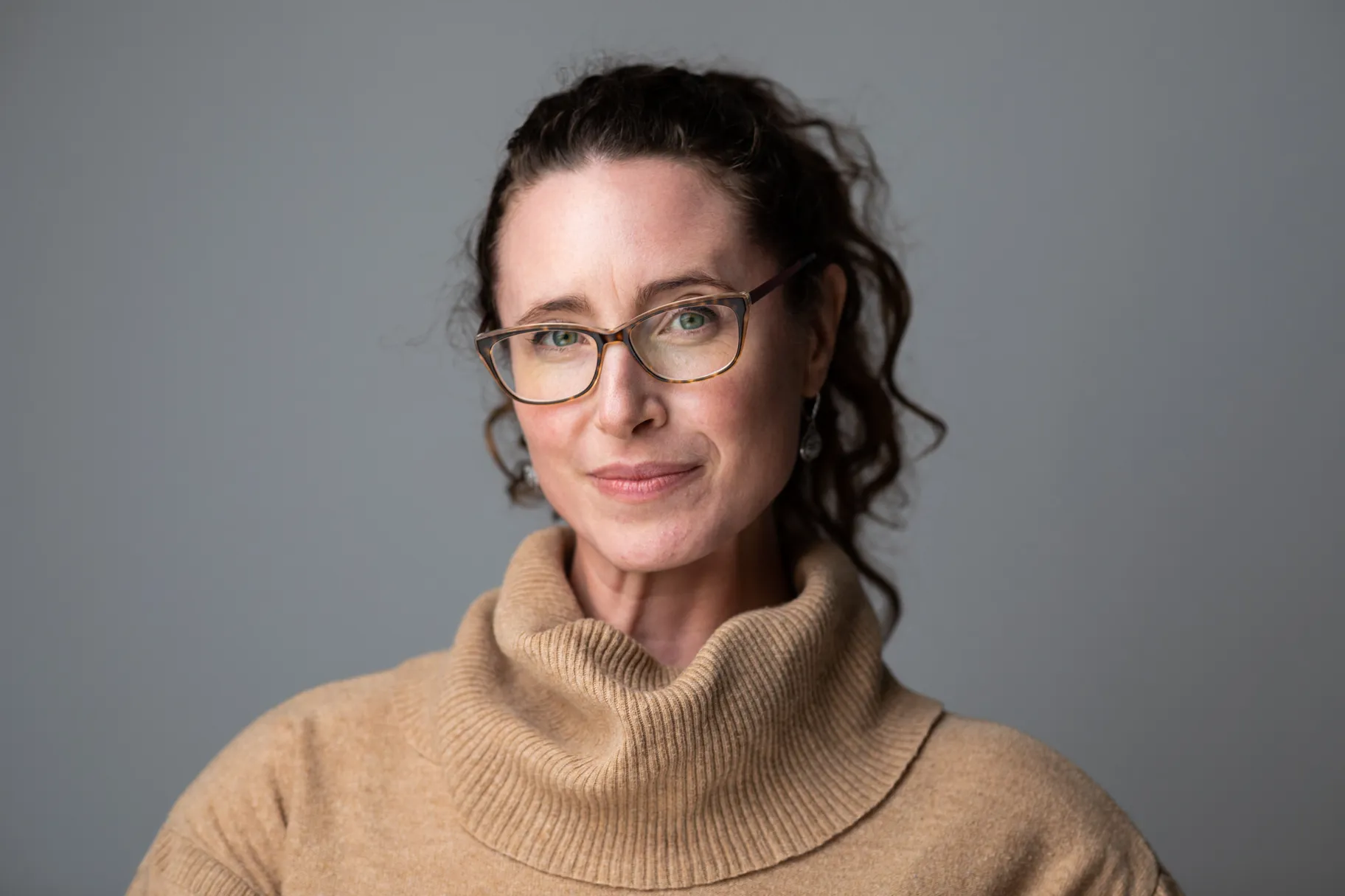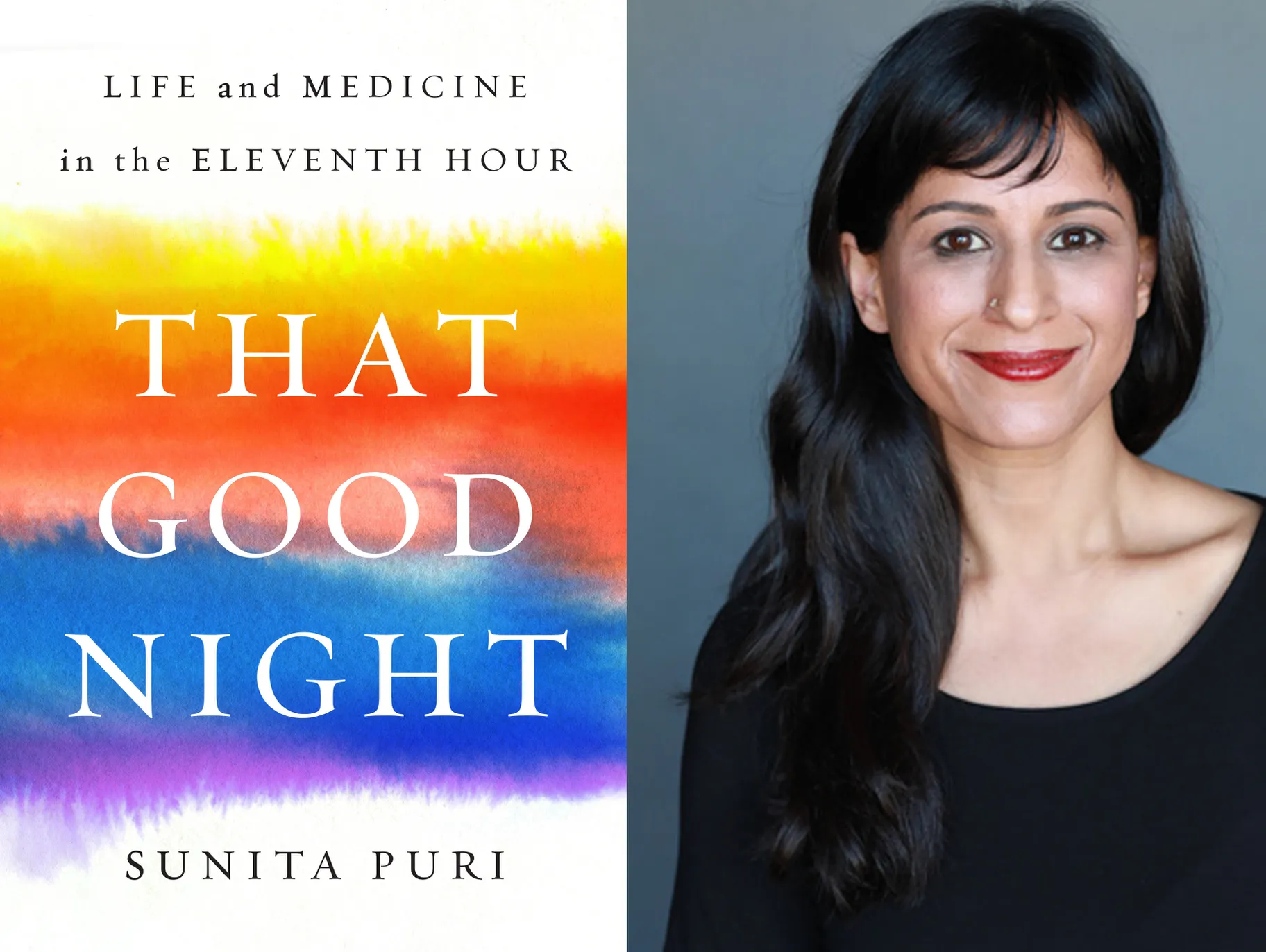When it comes to the mysteries of life, one thing’s for sure: We all will die at some point. As depressing as that may seem, perspectives on death can alter how we all can approach mortality — whether with family, friends, or, inevitably, ourselves. Consider the words of the stoic philosopher and emperor Marcus Aurelius: “Let each thing you would do, say, or intend be like that of a dying person.”
Hospice and palliative care doctor Sunita Puri says that her work’s focus is not just on dying, but on “living well with the time they have left.” Puri, who is the Program Director for the Hospice and Palliative Medicine Fellowship at the UMass Chan School of Medicine, says that Americans are increasingly electing to die at home, and that “a good death” is often described as “being at home, and so there's been more of a proliferation of hospice agencies and palliative care teams that can help facilitate that.”
Puri, author of That Good Night: Life and Medicine in the Eleventh Hour, is a passionate advocate for palliative and hospice care and cites the guiding principles of Buddhist philosophy and her Hindu religion in shaping her approach.
“The Buddhist and Hindu concept of impermanence is a really powerful orientation to what it means to prepare for death,” she says. “All of life is preparation for death — for a good death, for a death that will lead you to a rebirth where you get closer and closer to God.”
In her book The In-Between: Unforgettable Encounters During Life's Final Moments, author Hadley Vlahos shares some of her more memorable first-hand experiences with the process of dying, including the story of a patient named Carl.
“He really liked being able to have that role of teaching someone something instead of just being told what to do and where to go and just kind of being shuffled around,” she explains.
Vlahos, a registered nurse specializing in hospice and palliative care, says that what she finds most interesting about her work is that when death finally comes, “regardless of anyone's religious beliefs, or no beliefs at all, they all have the same exact experiences, which is seeing their deceased loved ones, and it is always coupled with this immense amount of peace. For me, that has been extremely moving to witness.”

In The In-Between: Unforgettable Encounters During Life's Final Moments, author and hospice/palliative care nurse Hadley Vlahos says the dying process is “a very sacred space that I am lucky to be able to be with people and that they trust me enough to be in there.” Photo courtesy of Hadley Vlahos. Photo of Vlahos, courtesy of Zack Smith Photography.
Delve deeper into life, philosophy, and what makes us human by joining the Life Examined discussion group on Facebook.
Still, there are other mysteries surrounding death. Among them is one witnessed by Tibetan Buddhists. After the death of some monks, their bodies remain in a meditating position (or thukdam), without decaying for as long as two or three weeks.
Delayed composition of the body has occasionally been observed elsewhere in the world, but the mystery attracted the attention and support of the Dalai Lama, the highest monk in Tibetan Buddhism. Now neuroscientists at the University of Wisconsin-Madison’s Center for Healthy Minds are engaging in a full scientific inquiry into this strange and unexplained phenomena.
Biocultural anthropologist and Tibetan medical doctor Tawni Tidwell is a member of the Center’s Thukdam Project and shares the significance of their research. Rather than viewing death as if it were an “on/off switch,” he says, “we should allow for the dying process to be … a slower transition.”
So much is unknown about the dying process that Tidwell says it raises questions about whether there is “a bigger window of opportunity to perhaps bring people back from comatose states, or states where we think that a few minutes without oxygen in the brain will mean that the brain is dead and is unrecoverable.” Might, he wonders, the brain be in a more “hibernating state?”

Tawni Tidwell, pictured here says that, “in a Tibetan Buddhist context, pain medications will actually inhibit the opportunity to recognize this lucid awareness, and so there's resistance against using a lot of these supports so that they can be present, and that describes an ideal death for that community.” Photo courtesy of Chris Zvitkovits 2023
In That Good Night: Life and Medicine in the Eleventh Hour author Sunita Puri addresses the role of modern medicine in helping patients to live and to die well. Photo courtesy of David Zaugh.
Delve deeper into life, philosophy, and what makes us human by joining the Life Examined discussion group on Facebook.
